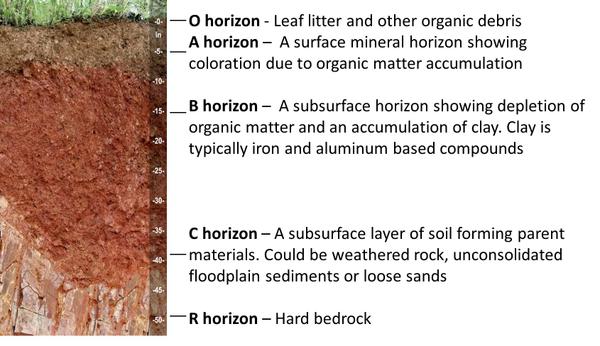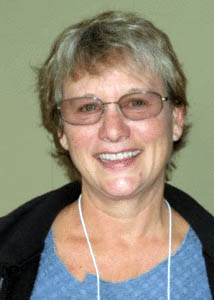Your Garden … with Kate Russell: Use a simple test before you start amending your garden soil
Gilroy soil is a moderately deep, well-drained, loamy clay soil

By Kate Russell

Kate Russell
Healthy soil is what allows Gilroy gardeners to grow lush fruits, crispy greens, fragrant flowers, and delicious herbs. And the texture of that soil plays a big role in plant health.
On average, soil is 45 percent minerals, 5 percent organic matter, and 50 percent empty spaces. These spaces allow air, water, and roots to move through the soil. Spaces between sand particles are large, which can cause nutrient loss and water leaching. Clay has very tiny spaces that hold tightly to water and nutrients, and make it difficult for roots. Together, these particles create a soil’s texture.
Soil texture is a measurement of the percentages of sand, silt, and clay found in a sample. Each of these words refers, not to chemical properties, but to particle size. Sand is 1/12 to 1/500 inch, silt is 1/500 to 1/22,500 inch, and clay is less than 1/12,500 inch, making it smaller than most bacteria. Particle shape also plays a role. Sand and silt tend to be spherical, while clay forms flat plates. These differences in size and shape determine how easy it is for plant roots to move. It also controls a soil’s ability to hold on to water and nutrients.
Gilroy soil is a moderately deep, well-drained, loamy clay soil. Overall, Gilroy soil contains 2 to 6 percent organic matter, 3 to 30 percent rock fragments, and 27 to 35 percent clay. Ideally, garden soil is 40 percent sand, 40 percent silt, and 20 percent clay. Before you start amending your soil, use this simple test to determine your soil’s texture:
- Collect two cups of soil, removing all debris.
- Dry the sample, crushing all clods.
- Sift the soil through a screen.
- Fill a tall, slender lidded jar 1/4 full of the soil.
- Add water until it is 3/4 full.
- Seal and shake hard for several minutes.
- After one minute, mark the sand level.
- After two hours, mark the silt level.
- Once the water clears, which may take days, mark the clay level.
- Measure the thickness of each layer and the total sample.
- Calculate the percentage of sand, silt, and clay by dividing each layer by the total sample depth.
Most Gilroy gardeners know that clay can harden into an impenetrable barrier to plant roots and shovels. Before adding sand to lighten things up, understand that the clay particles would simply surround the sand particles, creating an even worse problem.
Instead, add small amounts of organic material, such as aged compost, over a long period of time, to improve your soil’s ability to retain water and nutrients, while still allowing air, water, and roots the spaces they need to move freely.
Be sure to stop by the Fall Garden Market from 9 a.m. to 2 p.m., Oct. 6, at Martial Cottle Park, for all of your fall planting needs.
- Your Garden . . . with Kate Russell: Plant your garden according to watering needs, known as hydrozoning - August 12, 2021
- Your Garden . . . with Kate Russell: Trade in your lawn for a meadow and reduce maintenance chores - July 15, 2021
- Your Garden . . . with Kate Russell: The right soil chemistry balance will go a long way for healthy plants - June 17, 2021
